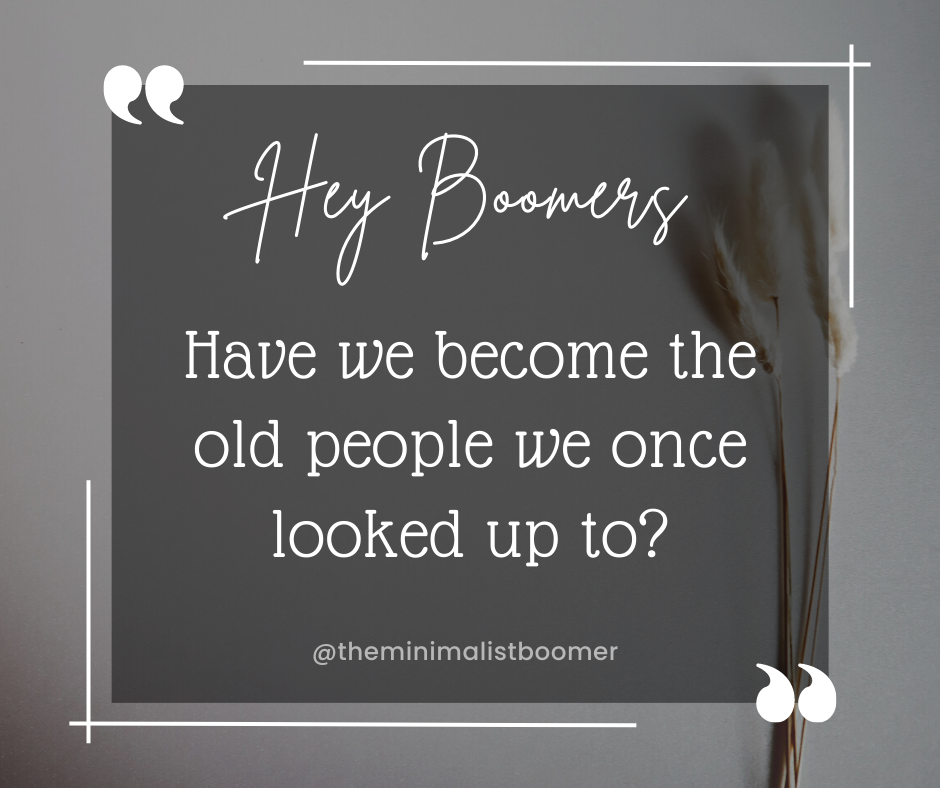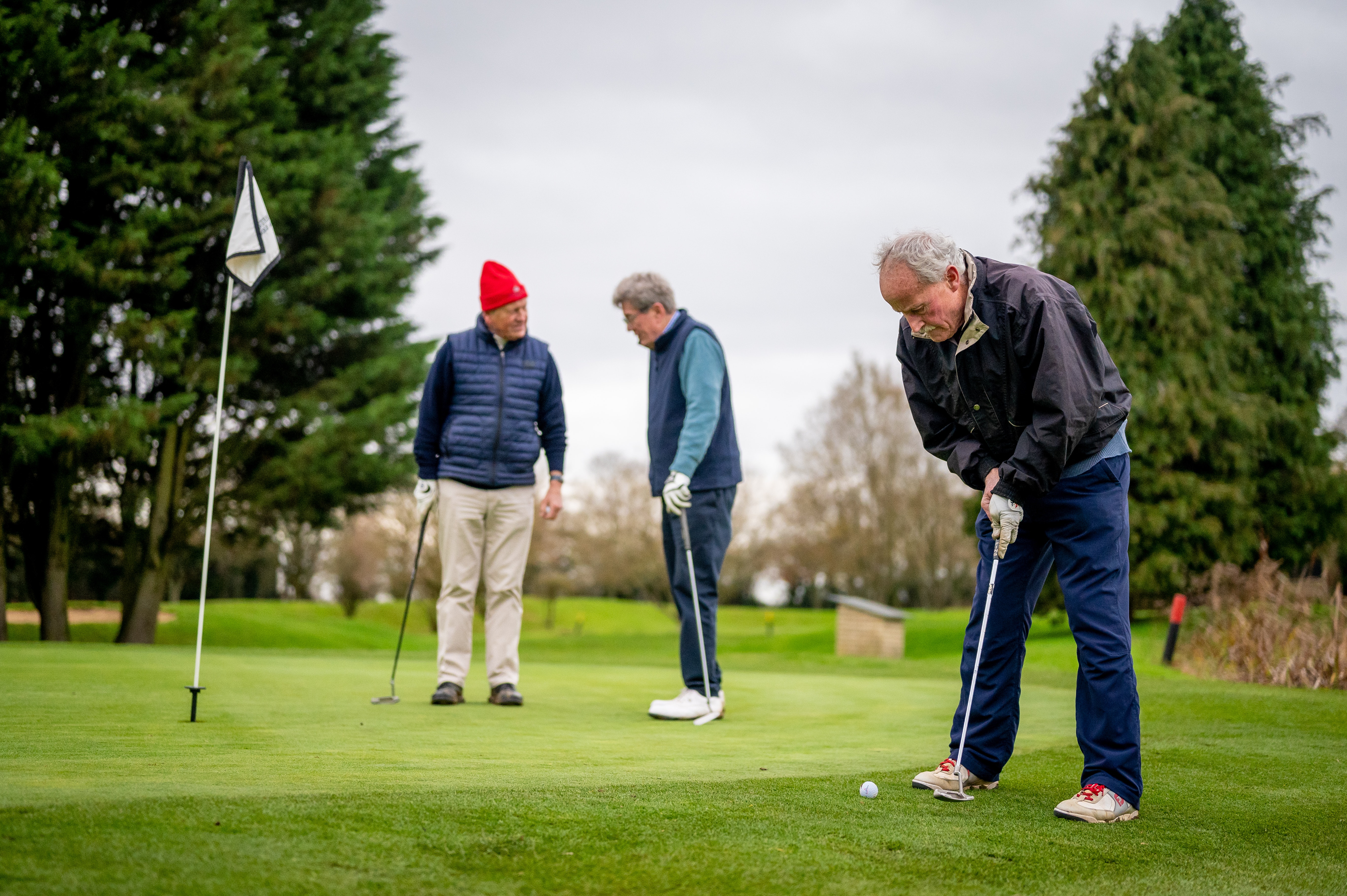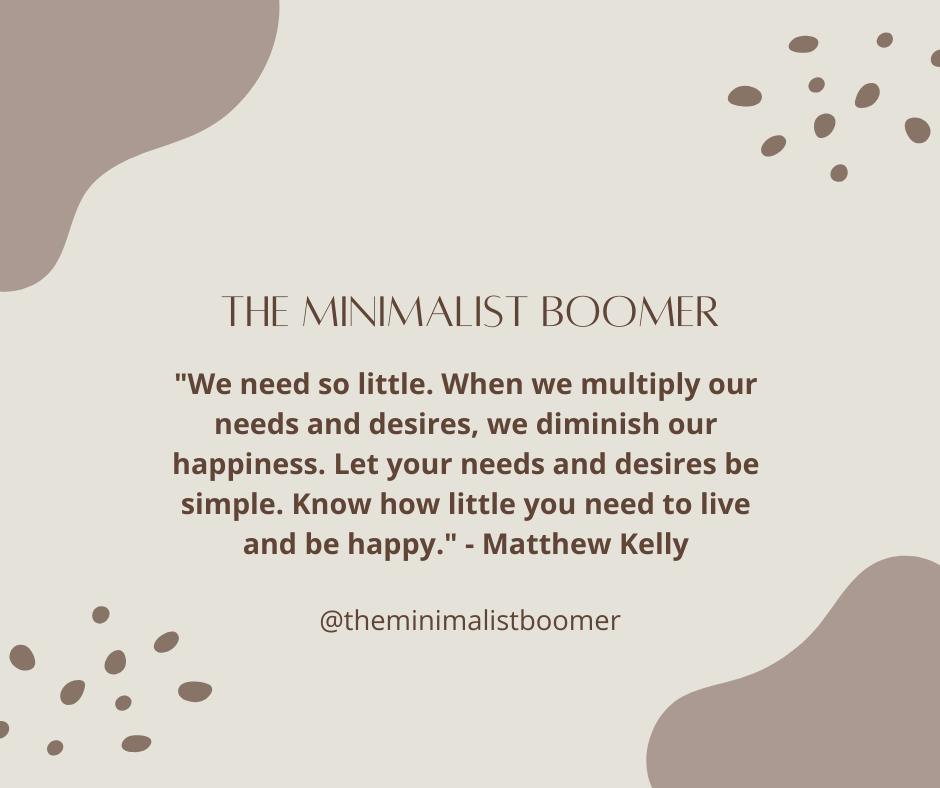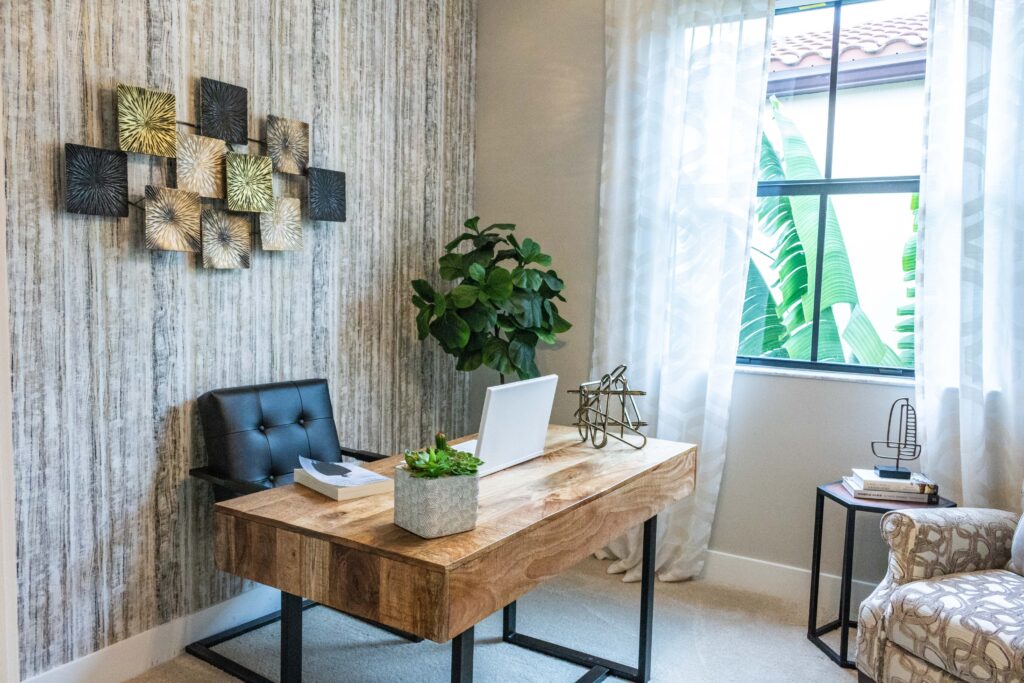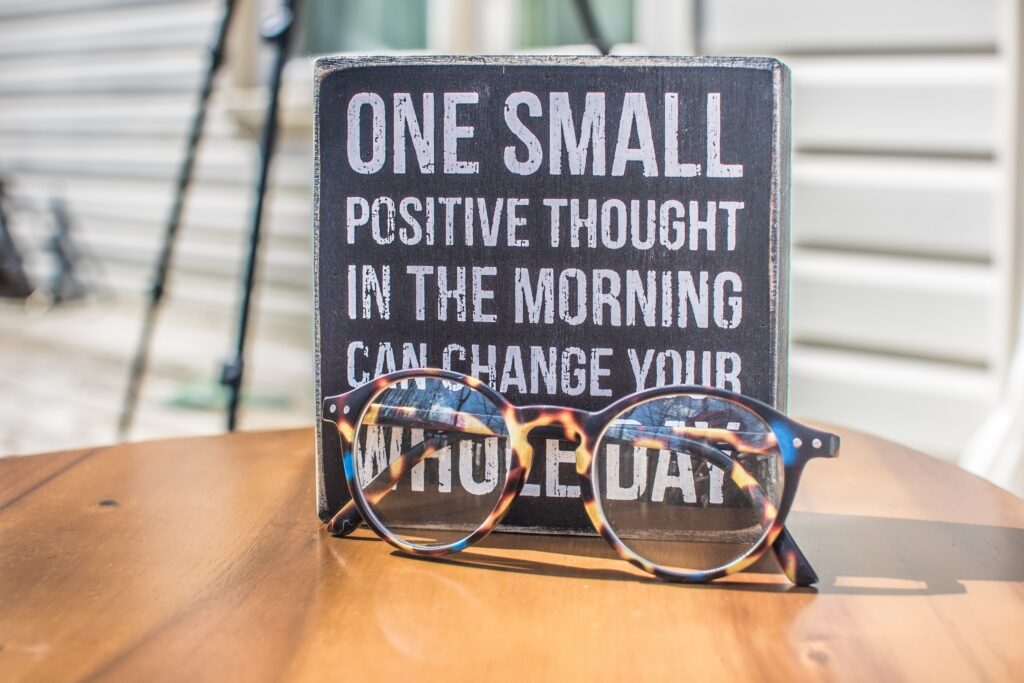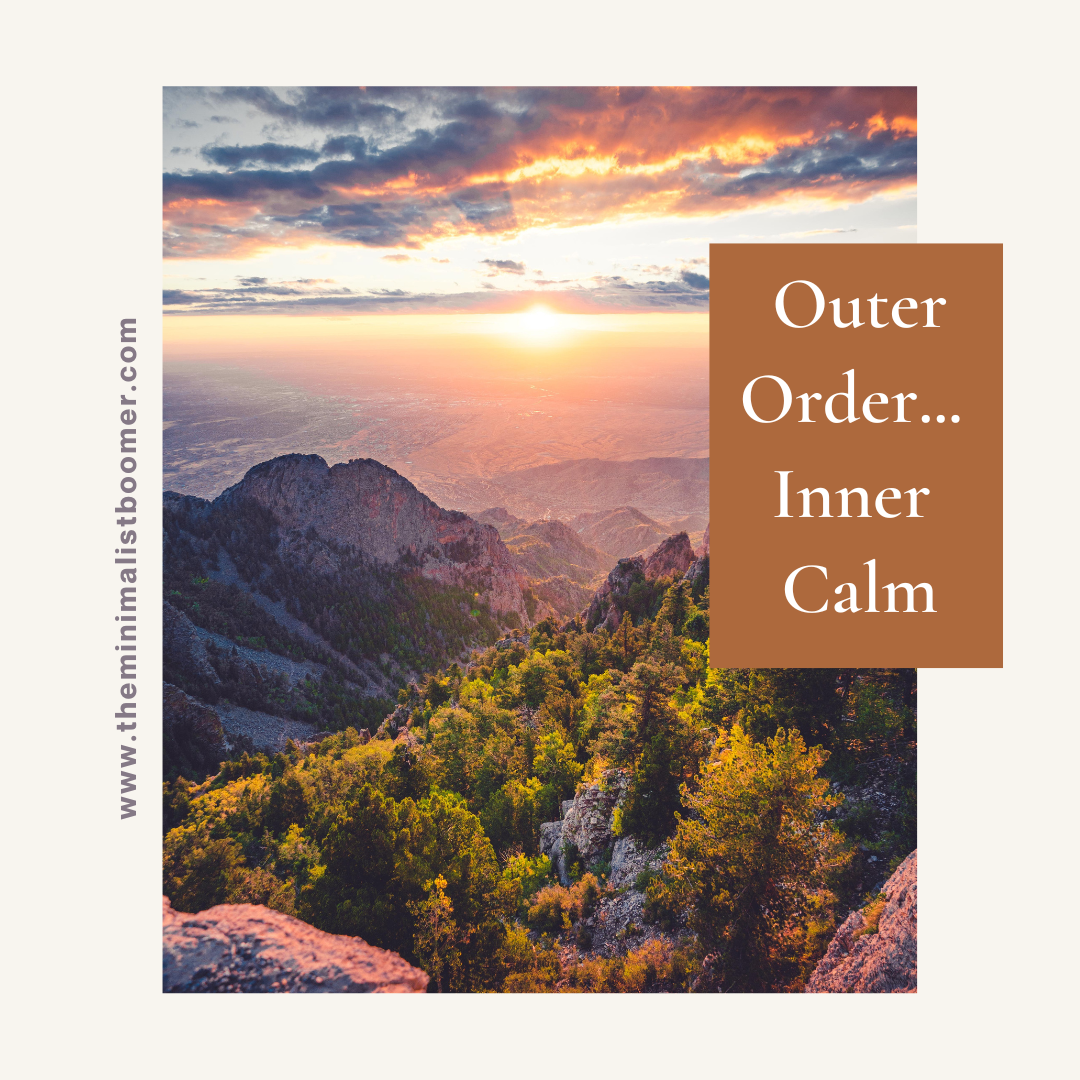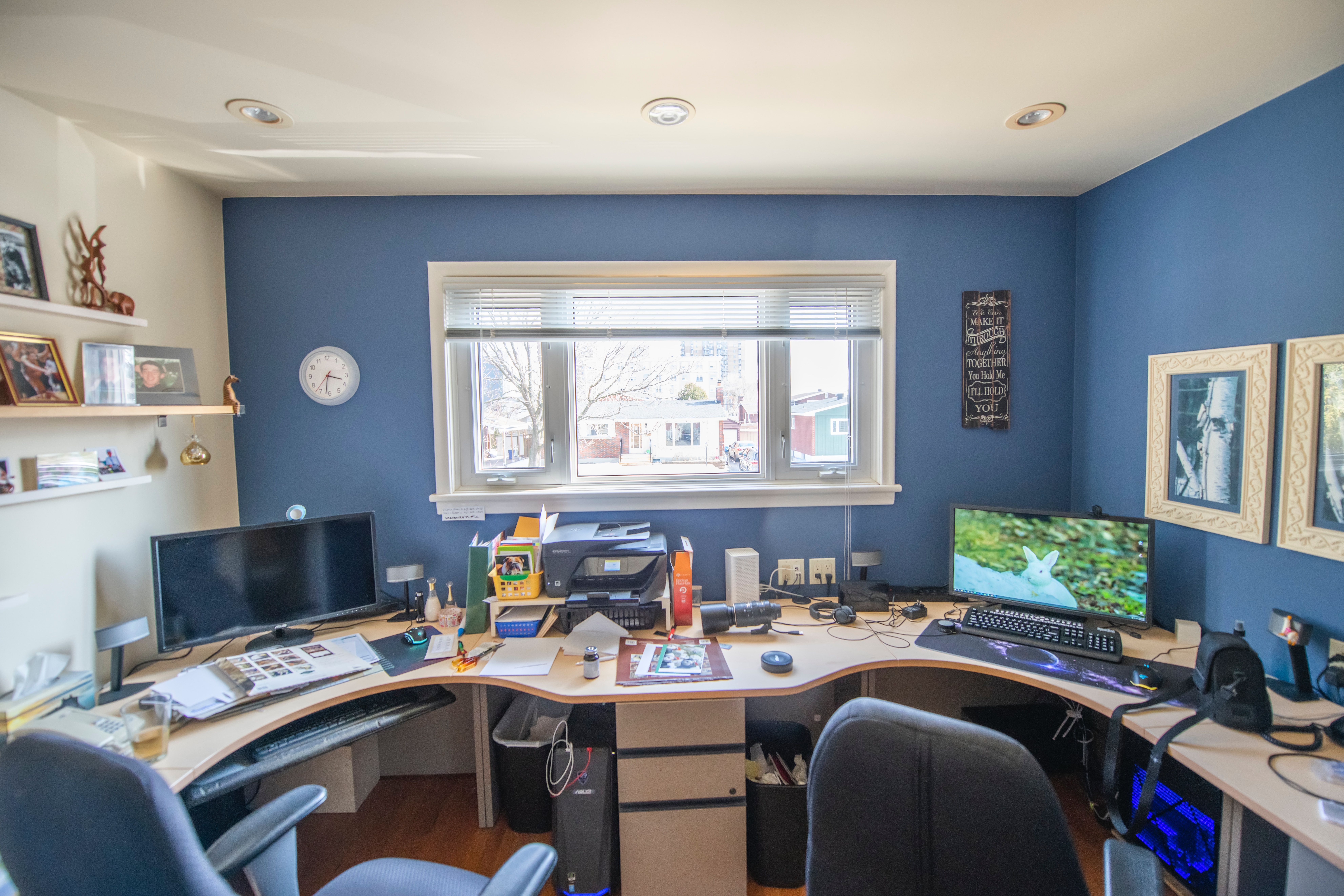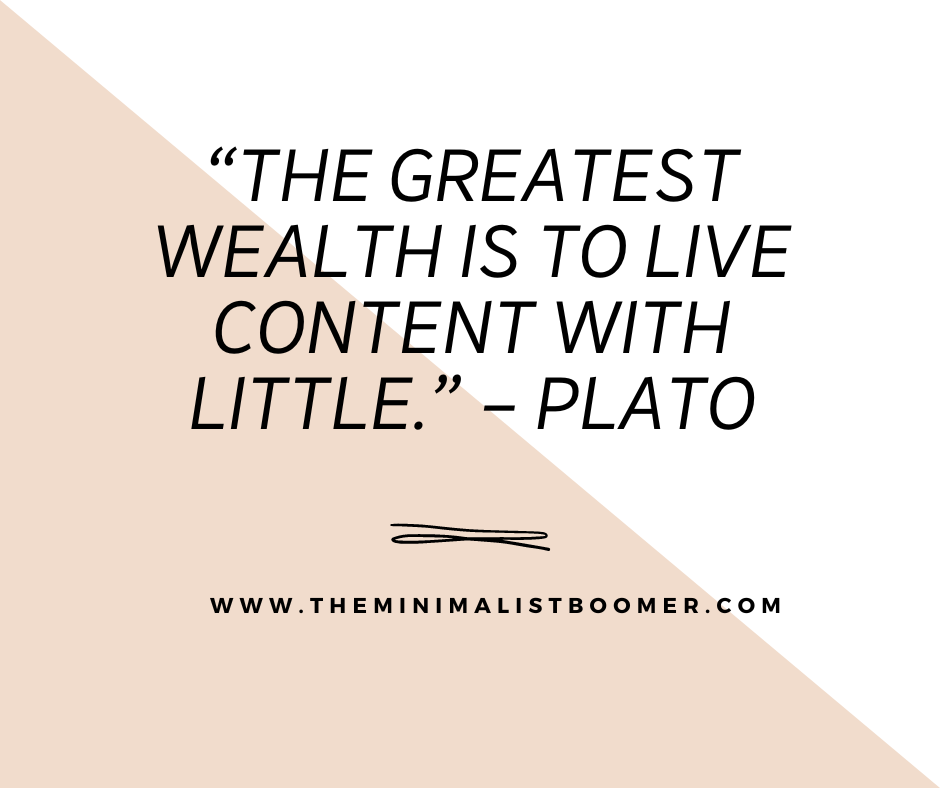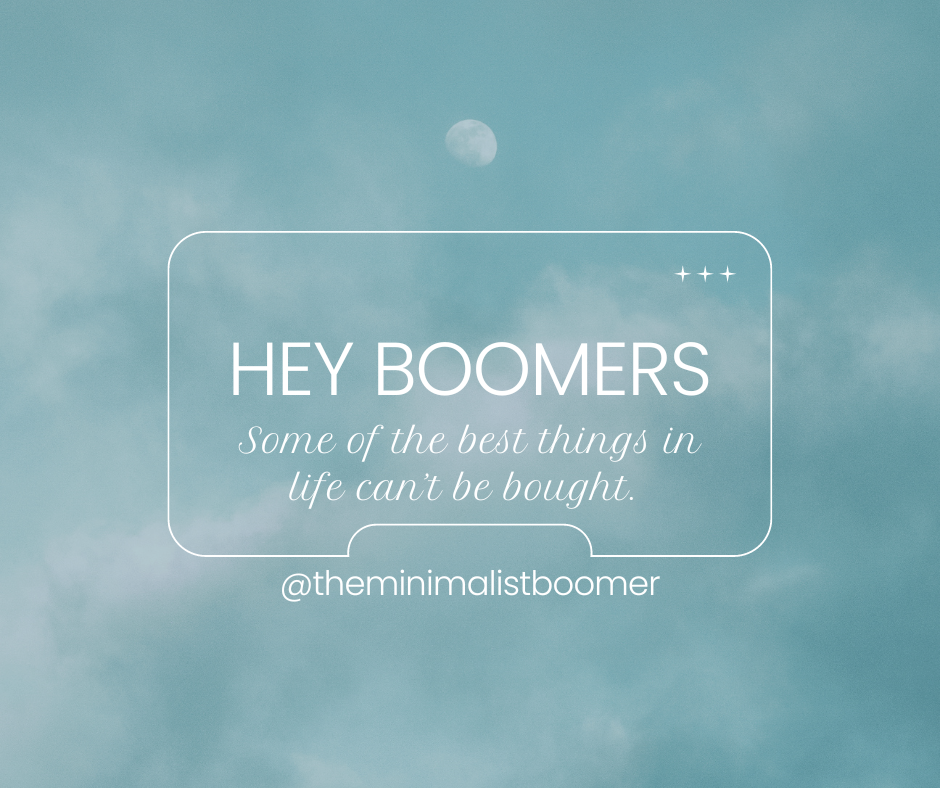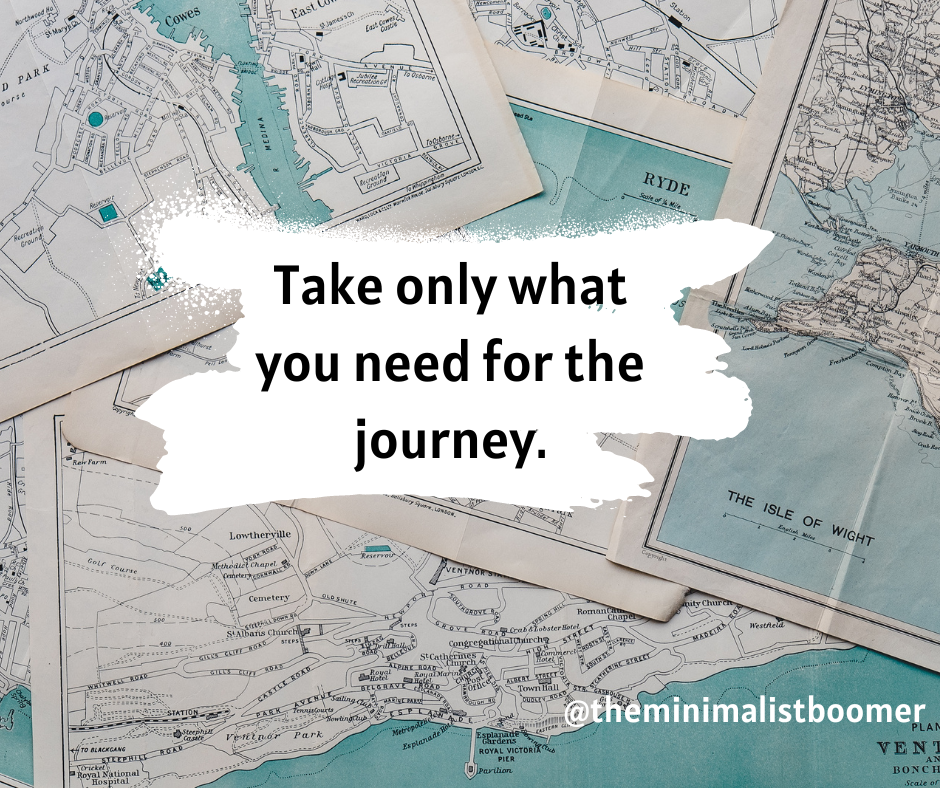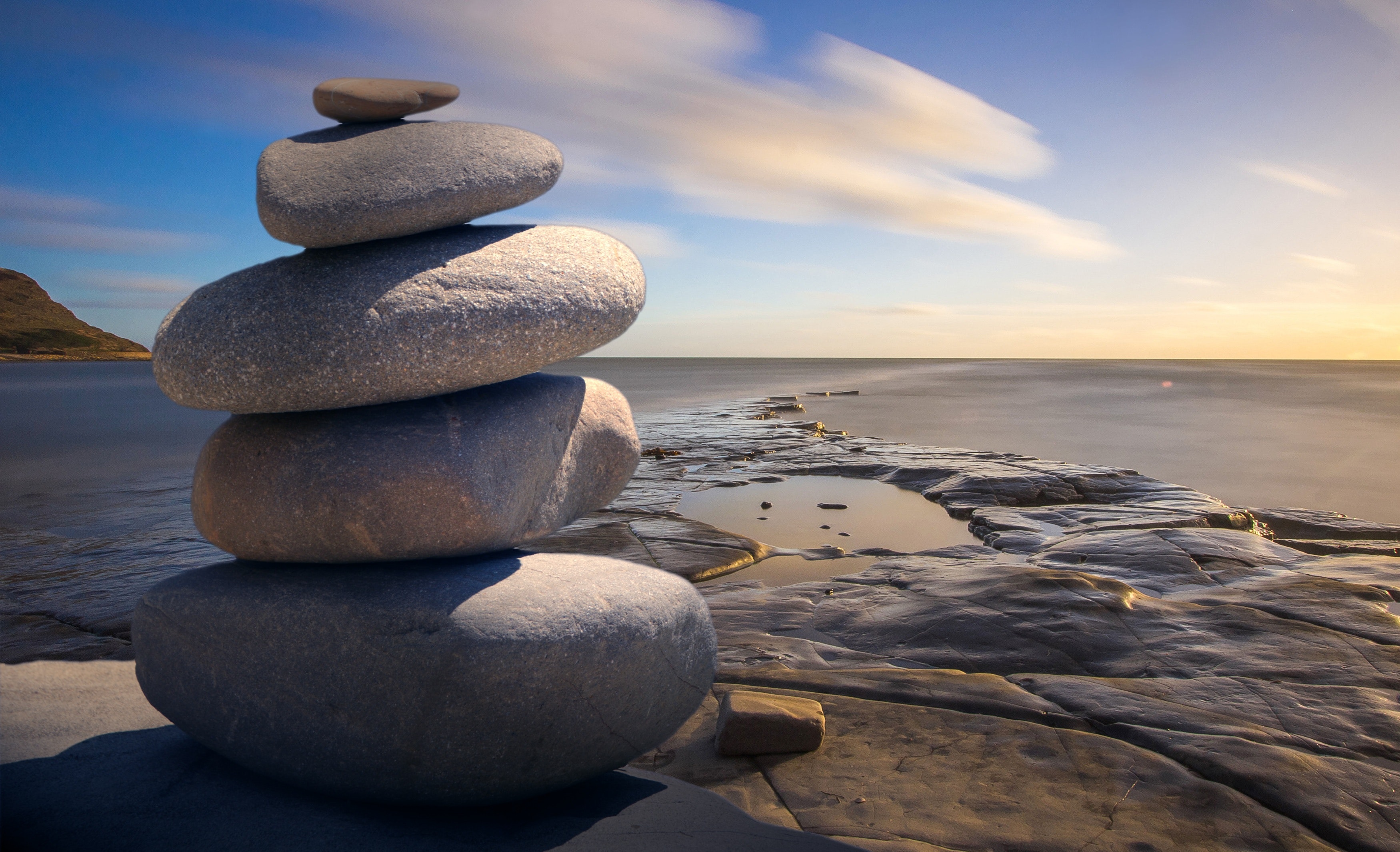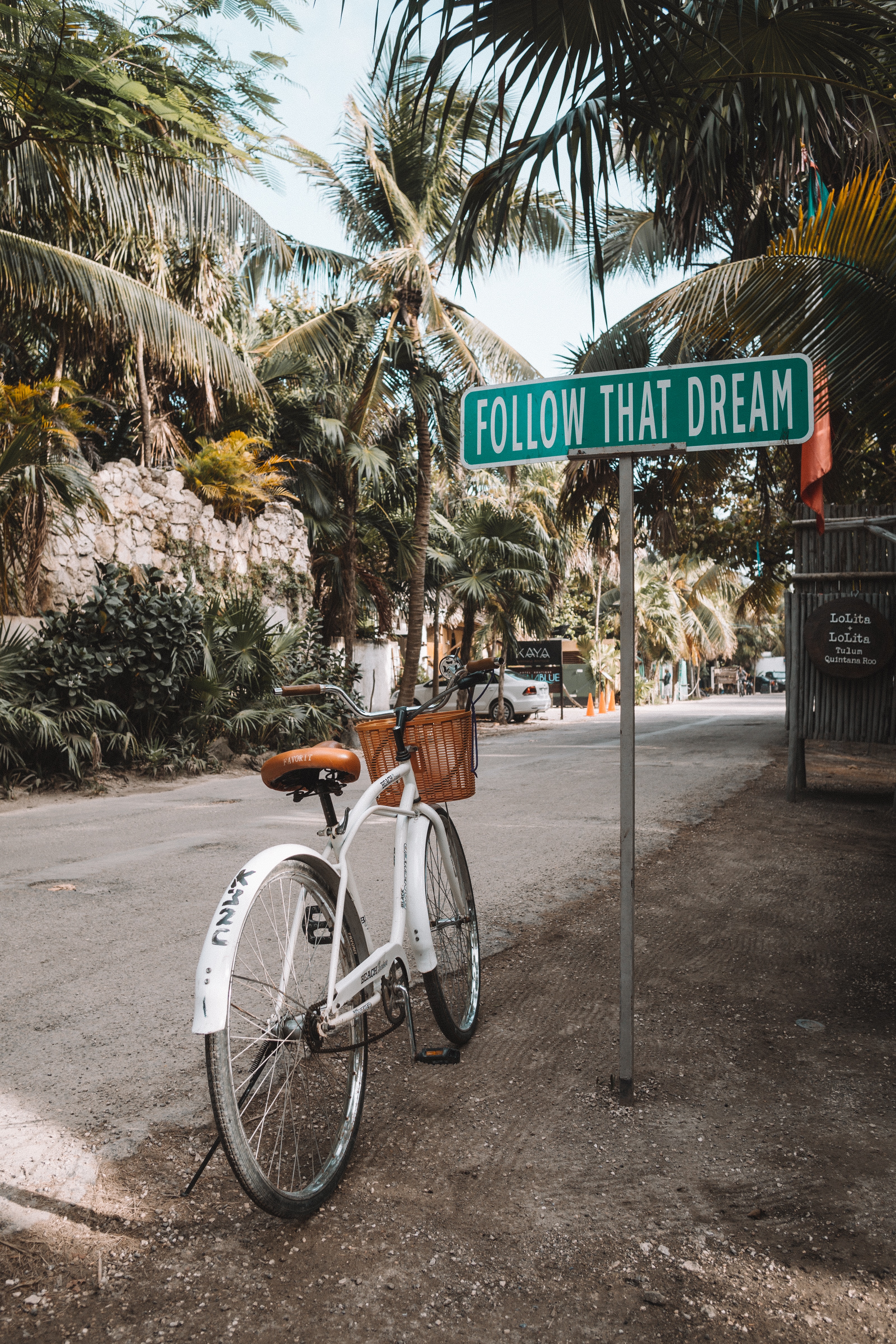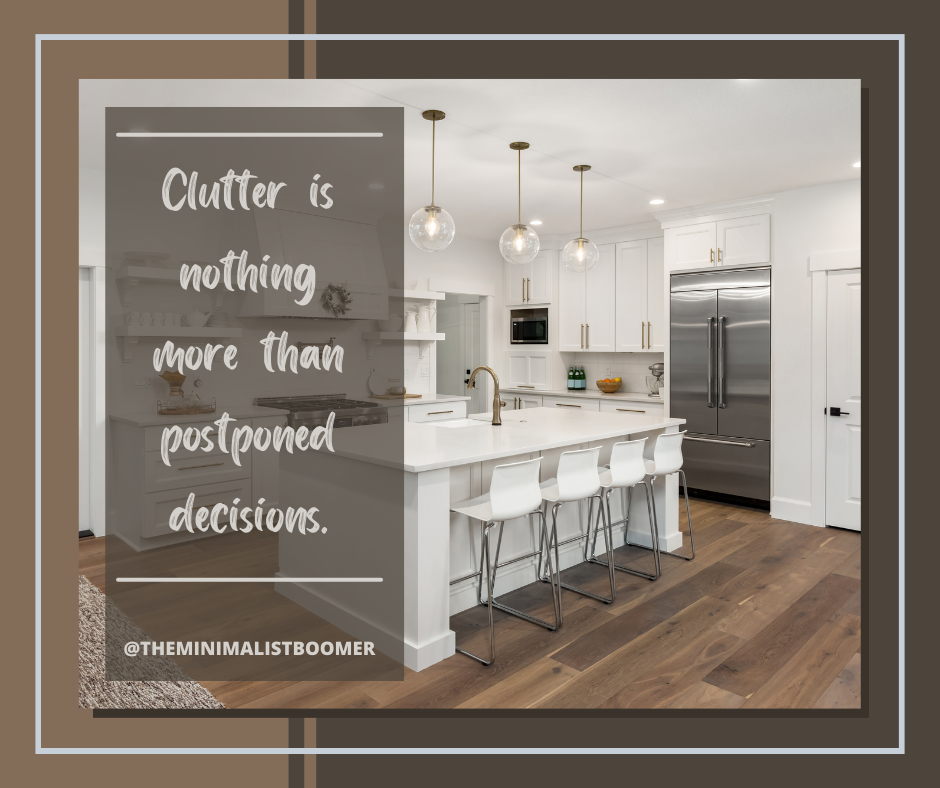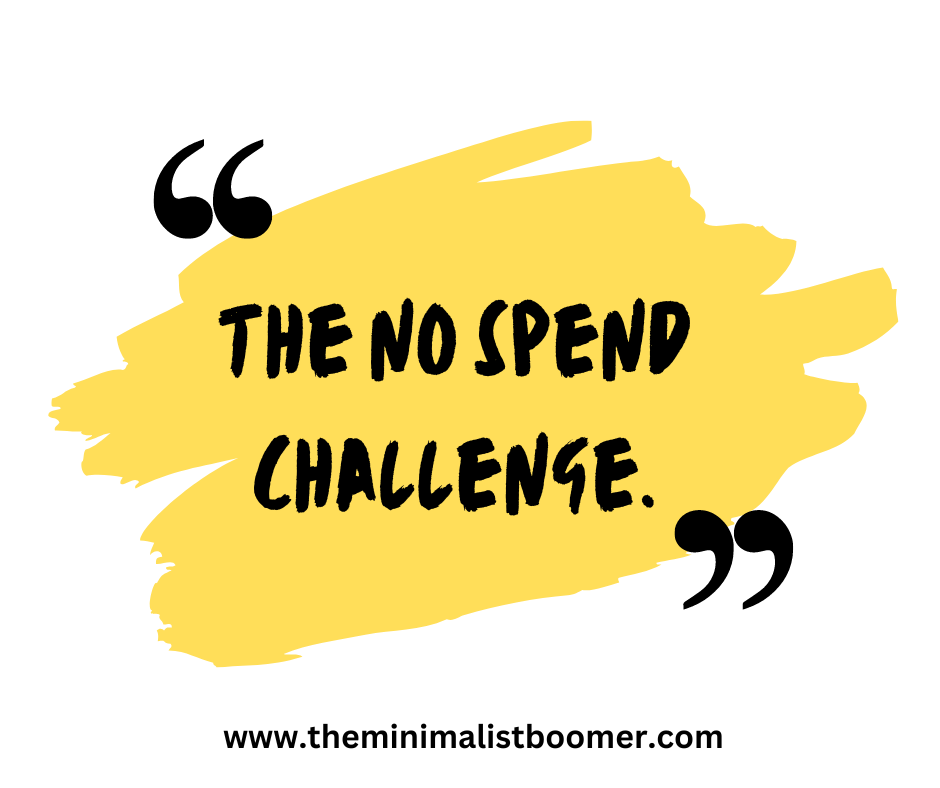Embarking on the journey to declutter your home can be both exciting and challenging. As we tackle the clutter, it’s vital to recognize the signs of success along the way. These milestones will not only keep us motivated but also serve as evidence that we’re making progress. Let’s take a look at the most common indicators of a successful decluttering process, and how to ensure we’re on the right path to a more organized and stress-free home.
More Space
When you start decluttering your home, one of the first things you will notice is that you suddenly have more space. You might not have realized just how much your clutter was taking up until it’s gone. This newfound space can be incredibly liberating and make your home feel more open and inviting.
Reduced Clutter
The most obvious way that decluttering creates more space is by reducing the amount of clutter in your home. Getting rid of items that you no longer need or use can free up valuable storage space and make your home feel less cramped. Plus, having fewer belongings means that you will have an easier time finding what you need and keeping your home clean and organized.
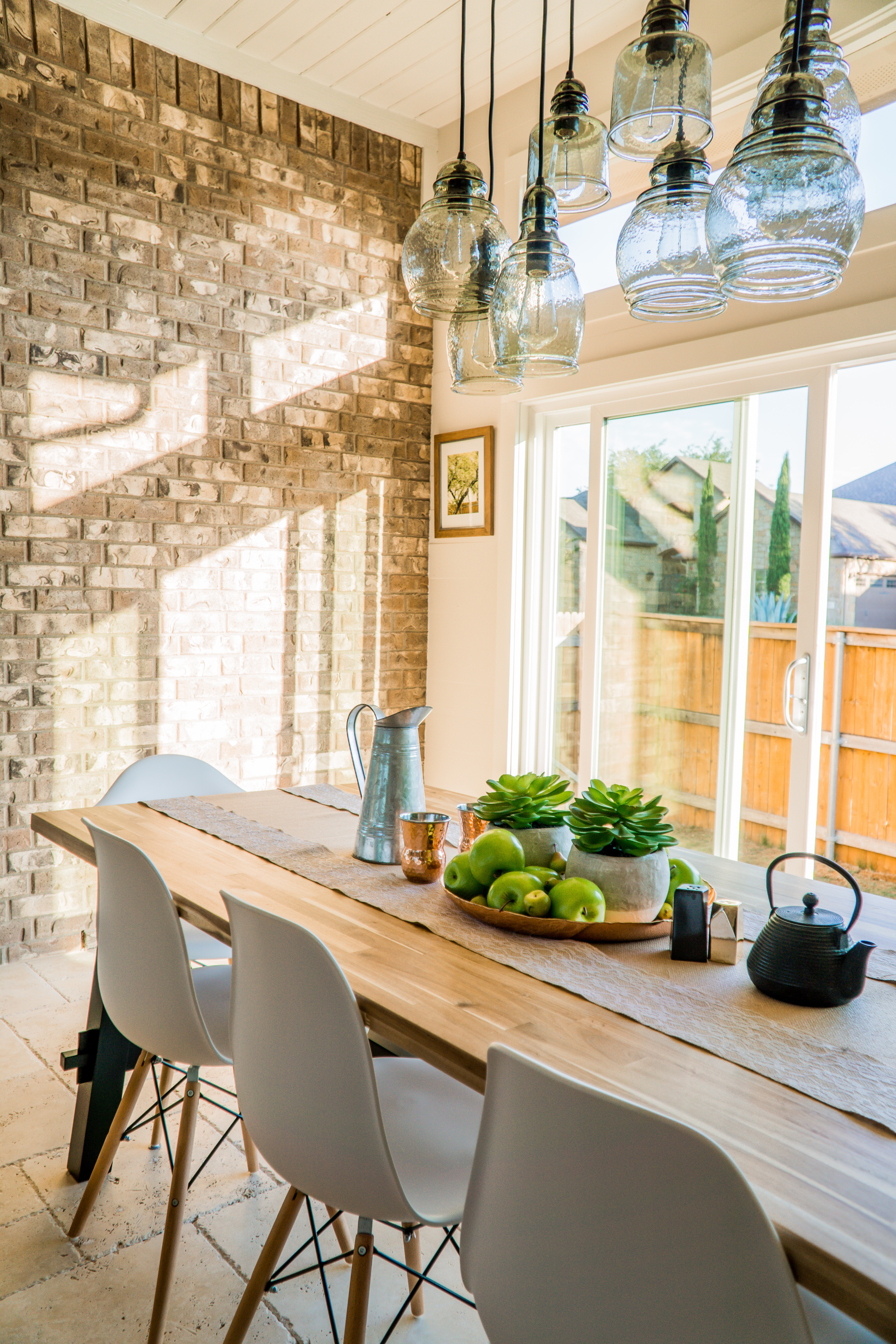
Better Organization
Decluttering isn’t just about getting rid of things. It’s also about organizing the items that you keep in a way that maximizes your space and makes your home more functional. When you have less clutter, it’s easier to see what you do have and find a place for everything. You might even discover that you have more storage space than you thought once you start organizing your belongings.

By reducing clutter and improving organization, decluttering can create a more spacious and inviting home. And as you continue to declutter, you’ll likely find that you enjoy spending time in your home even more.
Improved Mental Health
Decluttering your home not only creates a visually appealing space, but it can also have a positive impact on your mental health. Here are two ways decluttering can help improve your mental well-being:
Reduced Stress
Living in a cluttered environment can cause stress and anxiety. When there are piles of items everywhere, it can be overwhelming and lead to a feeling of helplessness. On the other hand, a clean and organized space can have a calming effect on the mind. It’s easier to focus and feel in control when your belongings are properly organized your surroundings are calm.

Decluttering can also help reduce decision fatigue. When there are too many items to choose from, it can be hard to make decisions in other areas of your life. By simplifying your environment, you can free up mental energy to use in other areas.
Increased Productivity
A cluttered space can be distracting and make it hard to focus. When you have to sort through piles of items to find what you need, it can waste time and decrease productivity. By decluttering, you can create a more efficient space that allows you to work more effectively.

Additionally, having a clean and organized space can improve your motivation. When you have a clear goal and a space that supports it, it’s easier to stay on track and accomplish what you set out to do.
Overall, decluttering your home can have a positive impact on your mental health. By reducing stress and increasing productivity, you can create a more peaceful and efficient space that supports your well-being.
Financial Benefits of Decluttering
Decluttering your home doesn’t just make you feel good, it can actually save you money in a number of ways. Here are two ideas to consider:
Opportunities for Selling
Decluttering your home can help you uncover valuable items that you no longer use or need. You can sell these items for extra cash, either through online marketplaces like Facebook Marketplace, eBay, or Craigslist or by having a garage sale. By selling items you no longer need, you can not only make money, but you can also reduce clutter in your home and create a more organized living space.

Reduced Spending
When you declutter your home, you can also reduce your spending by making a conscious effort to only keep items that you actually need and use. This can help you avoid buying unnecessary items in the future. Additionally, by decluttering and organizing your home, you may find that you already have items that you thought you needed to purchase, saving you money in the long run.
Overall, decluttering your home can have significant financial benefits. By selling items you no longer need and reducing your spending, you can save money and create a more organized and stress-free living space.
Environmental Benefits of Decluttering Your Home
Decluttering your home isn’t just good for your mental health and living space, it’s also great for the environment.
“Enough is a decision, not an amount.”
– Alison Faulkner
Reduced Waste
When we declutter our homes, we often come across items we no longer need or use. Instead of throwing these items away, consider donating or selling them. By doing so, you’re reducing the amount of waste that ends up in landfills. This not only helps the environment, but it also helps others who may benefit from the items you no longer need.
Decluttering can help you become more mindful of what you’re purchasing in the first place. When you’re more intentional about what you bring into your home, you’re less likely to buy items that will end up in the trash.

Sustainable Lifestyle
Decluttering can also help you adopt a more sustainable lifestyle. By getting rid of excess items, you’re simplifying your life and reducing your carbon footprint. When we have fewer possessions, we’re less likely to consume as much and we’re more mindful of what we do consume.
This process can inspire us to make other sustainable choices, such as buying second-hand items or investing in high-quality, long-lasting products. These choices not only benefit the environment, but they can also save you money in the long run.
Overall, decluttering your home can have a positive impact on the environment. By reducing waste and adopting a more sustainable lifestyle, you’re doing your part to help the planet.

Decluttering your home is a great way to create more space, reduce stress, and increase productivity. It is a process that takes time and effort, but the signs of success are worth it. As you declutter your home, you may notice that you feel more relaxed and focused. You may find that you have more time to focus on the things that matter most to you. You may even find that you have more money in your pocket as you sell or donate items that you no longer need.
Remember, success looks different for everyone. For some, it may mean having a clean and organized home. For others, it may mean being able to let go of sentimental items that they have been holding onto for years. Whatever your definition of success may be, celebrate each small victory along the way. And always remember that decluttering your home is a journey, not a destination.


